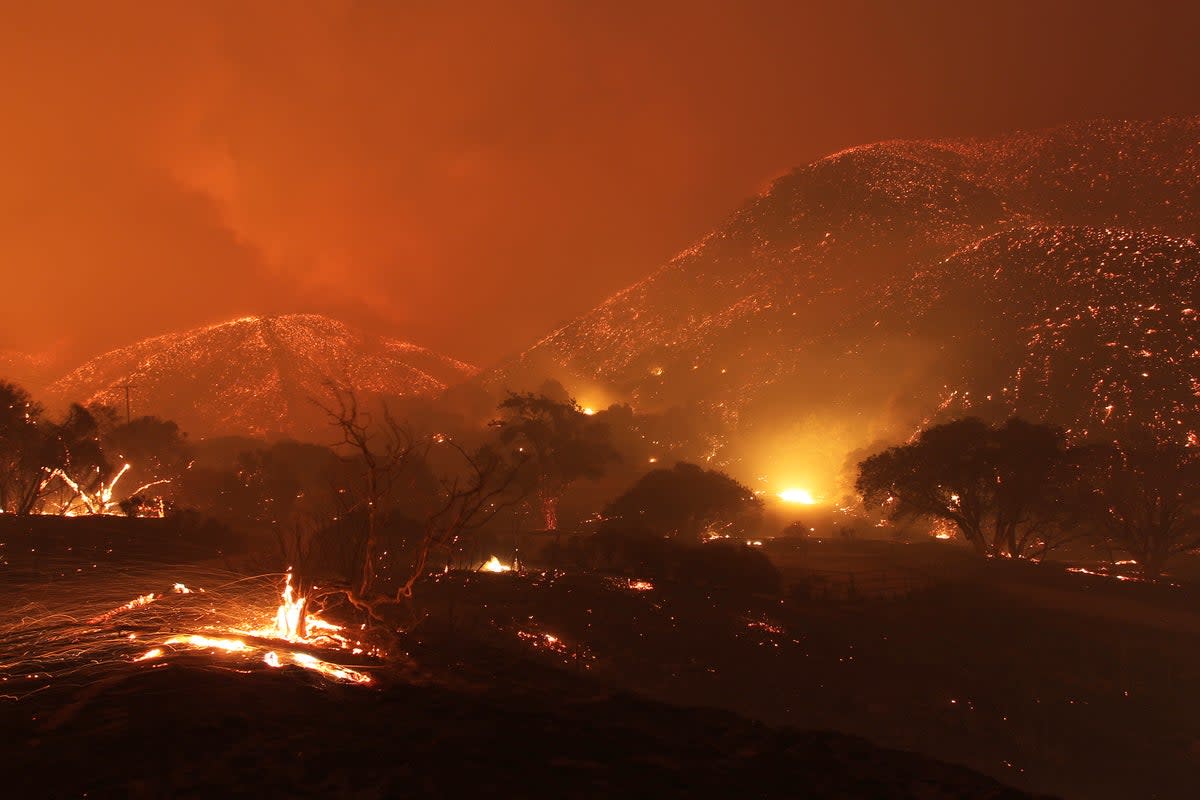What are El Niño and La Niña? Drought kills crops in southern Africa

Southern Africa is feeling the effects of El Niño, experiencing its worst drought in years. The extreme weather phenomenon is caused by both El Niño and higher average temperatures produced by greenhouse gas emissions.
Aid agency Oxfam warned last week that more than 24 million people in southern Africa faced hunger, malnutrition and water scarcity because of the drought.
Ulaliya Radson, a Malawian farmer told Reuters about her struggles as a result of El Niño: “The maize has failed.”
“Last year, I harvested 10 bags and as you can see in this field, I won't even manage half of that” she added, gesturing towards a parched patch.
Zambia, Malawi and Zimbabwe have all declared a state of disaster as the drought ravages the area.
Meanwhile, the El Niño forecast is also set to drive record heat from the Amazon to Alaska this year. Coastal areas of India by the Bay of Bengal and by the South China Sea, as well as the Philippines and the Caribbean, are also likely to experience unprecedented heat in the period to June, according to scientists. After this El Niño may weaken.
New analysis uses computer models to identify where the hotspots are in the first half of 2024. It also found there was a 90% chance that the global temperature over this period would set a new record.
“Intense heatwaves and tropical cyclones, combined with [human-caused] global sea level rise, [mean] densely populated coastal areas are facing an enormous and urgent climate crisis that challenges our current capacity for adaptation, mitigation and risk management,” said Dr Ning Jiang, at the Chinese Academy of Meteorological Sciences in Beijing, and his co-authors.
Extreme heat in the second half of 2023 from El Niño also had severe impacts.
So what is the naturally occurring El Niño weather system and its opposing phase, La Niña?
What are the El Niño and La Niña weather events?
El Niño and La Niña refer to fluctuation in the Earth’s climate system, according to the Met Office. They mean little boy and little girl in Spanish respectively. It is believed that they got their names from South American fishermen in the 1600s, who noticed periods of unusually warm water. It was initially called El Niño de Navidad (Navidad means Christmas in Spanish) because El Niño typically peaks around December.
During El Niño the sea surface temperature rises, usually in the central-east equatorial Pacific, and it typically occurs every few years. During this phase, the tropical eastern Pacific will experience warmer than average weather.
On the other hand, La Niña is when the sea surface temperature becomes cooler than average, with sea temperatures often dropping by 3C to 5C below average. This results in cooler than average weather in the tropical eastern Pacific.
The Earth’s climate system experiences neutral phases when the temperatures are closer to the long-term averages.
What are the impacts of El Niño and La Niña?
El Niño and La Niña affect weather around the world. For example, El Niño can increase the chance of the UK having cold winters but it also limits the development of tropical storms in the North Atlantic. These phases can last anywhere from around nine months to a few years, according to the National Oceanic and Atmospheric Administration. According to the WMO, the Earth has been in the La Niña phase for the past three years, which has “temporarily reined in the longer-term warming trend”.
However, La Niña ended in March 2023 and El Niño developed in June 2023.
There is a 98 per cent chance of at least one of the next five years breaking temperature records, as well as a 98 per cent chance that the next five years will be hotter on average than the past five years.
Will the world breach the climate threshold?
Scientists have warned that the world could breach the 1.5C climate threshold by 2027.
Research from the World Meteorological Organisation (WMO) has found that it is highly likely that the world will experience record-breaking temperatures in the next five years. Scientists have said that the increasing global temperatures are down to both human activity as well as the developing El Niño weather system.
“A warming El Niño is expected to develop in the coming months and this will combine with human-induced climate change to push global temperatures into uncharted territory,” said the WMO’s secretary-general, Professor Petteri Taalas, in the WMO report.
He added: “This will have far-reaching repercussions for health, food security, water management and the environment. We need to be prepared.”


